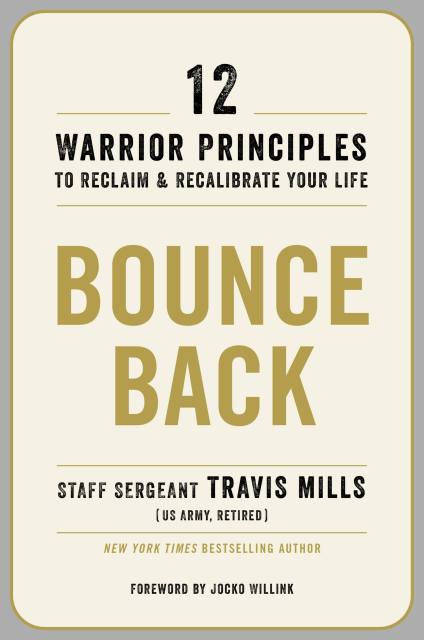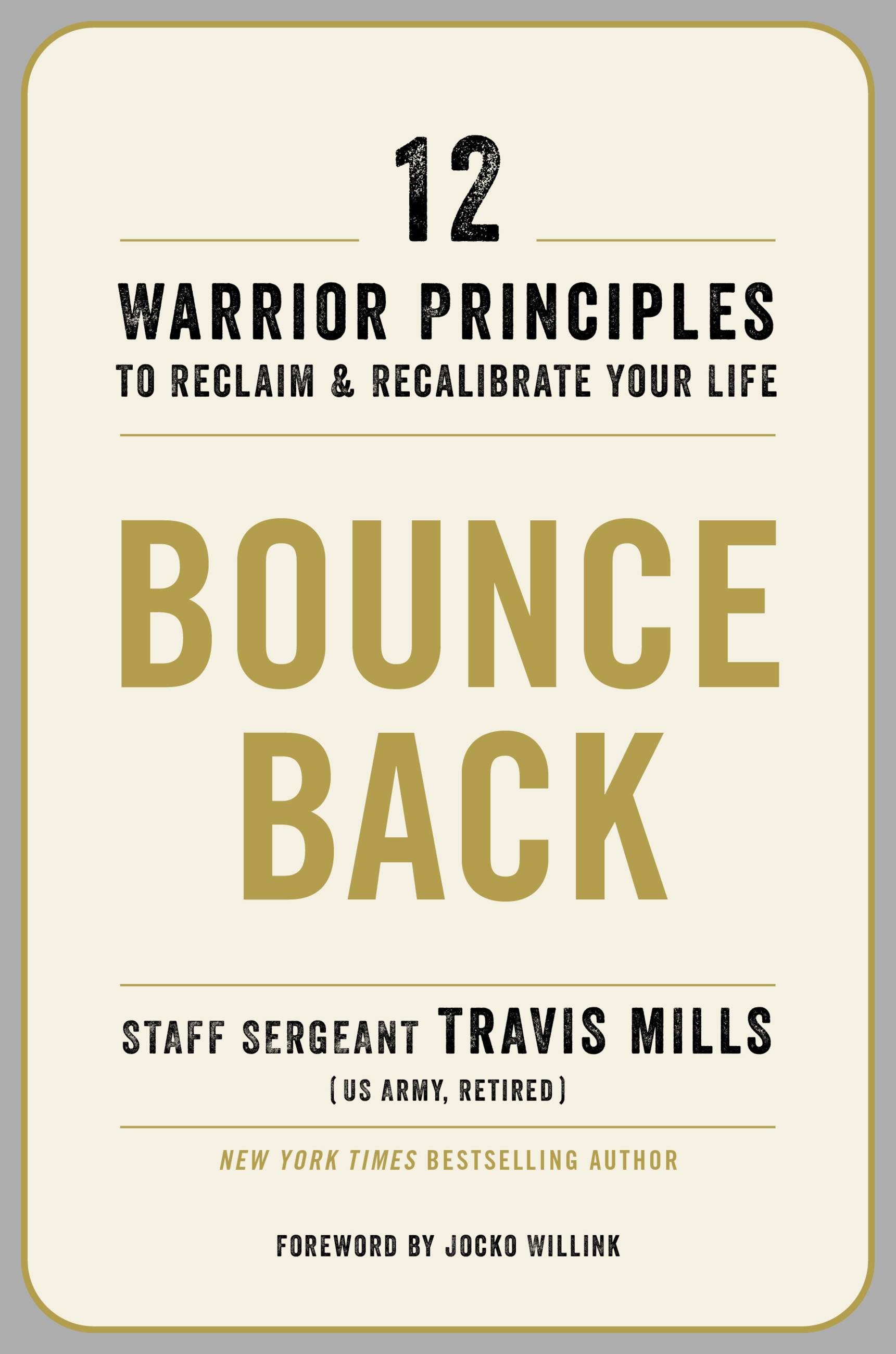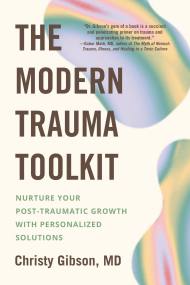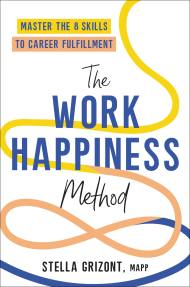Bounce Back
12 Warrior Principles to Reclaim and Recalibrate Your Life
Contributors
By Travis Mills
Formats and Prices
Price
$15.99Price
$20.99 CADFormat
Format:
- ebook $15.99 $20.99 CAD
- Hardcover $28.00 $35.00 CAD
- Audiobook Download (Unabridged) $18.99
This item is a preorder. Your payment method will be charged immediately, and the product is expected to ship on or around November 7, 2023. This date is subject to change due to shipping delays beyond our control.
Also available from:
“This book is a master class in recovery, renewal, and recalibration. Travis does not make excuses. Travis does not complain. Travis is not held back by challenges he faces—he is propelled forward by them. Let’s be more like Travis.”
—From the Foreword by Jocko Willink
We all have those moments, the ones where we are set adrift by a life-changing event. Yet we often lack the ability to parse these moments, understand how to respond, and move beyond them. Travis Mills, a veteran and a quadruple amputee, was confronted with this in the wake of the incident that claimed his limbs and changed the trajectory of his life forever. In Bounce Back, Travis reveals the path that helped him through tough times—and allowed him to continue to be a dedicated family man, husband, and father to two amazing children. Along the way to his physical and emotional recovery, Travis developed the tools to keep moving forward, and he has outlined them in twelve principles, including:
• That Dog Don’t Hunt—Stop Torturing Yourself and Stop Asking Why
• Snap Your Fingers, Wiggle Your Toes, and Get the F*** Out of Bed—Create Small, Achievable Goals for Moving Forward
• Stay Within the Guard Rails—Manage Your Emotions and Control Your Attitude
• Get a Battle Buddy—Never Underestimate the Power of a Support System
• Serve—Find Your Voice, Build on Your Strengths, and Live Meaningfully
Travis’s message—that we cannot control what happens to us, and we can only focus on how we react and move forward—will inspire survivors from all walks of life.
Genre:
- On Sale
- Nov 7, 2023
- Page Count
- 224 pages
- Publisher
- Hachette Go
- ISBN-13
- 9780306831782
Newsletter Signup
By clicking ‘Sign Up,’ I acknowledge that I have read and agree to Hachette Book Group’s Privacy Policy and Terms of Use







